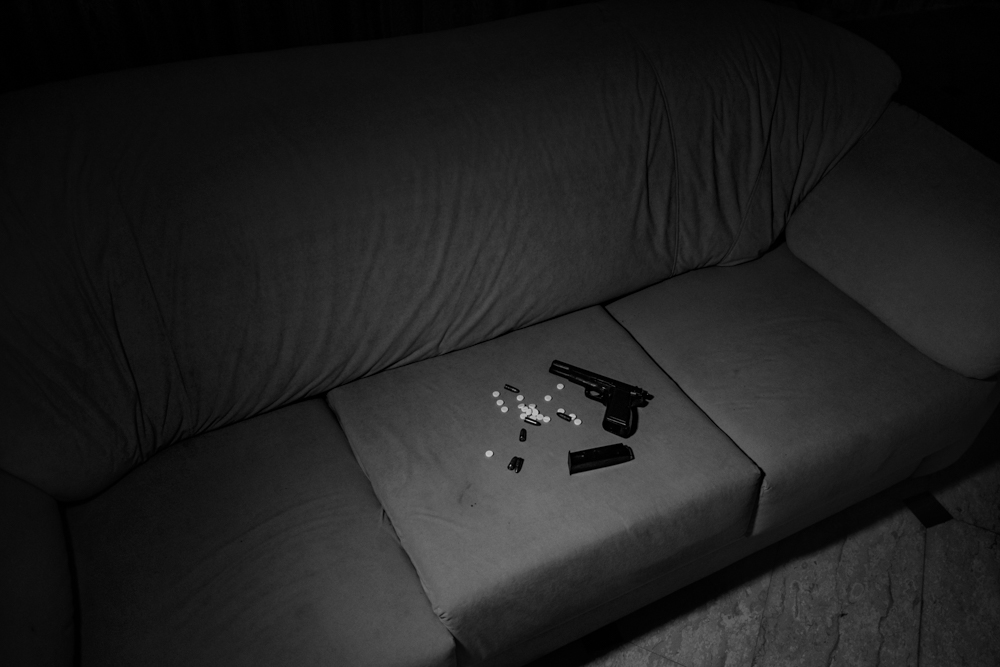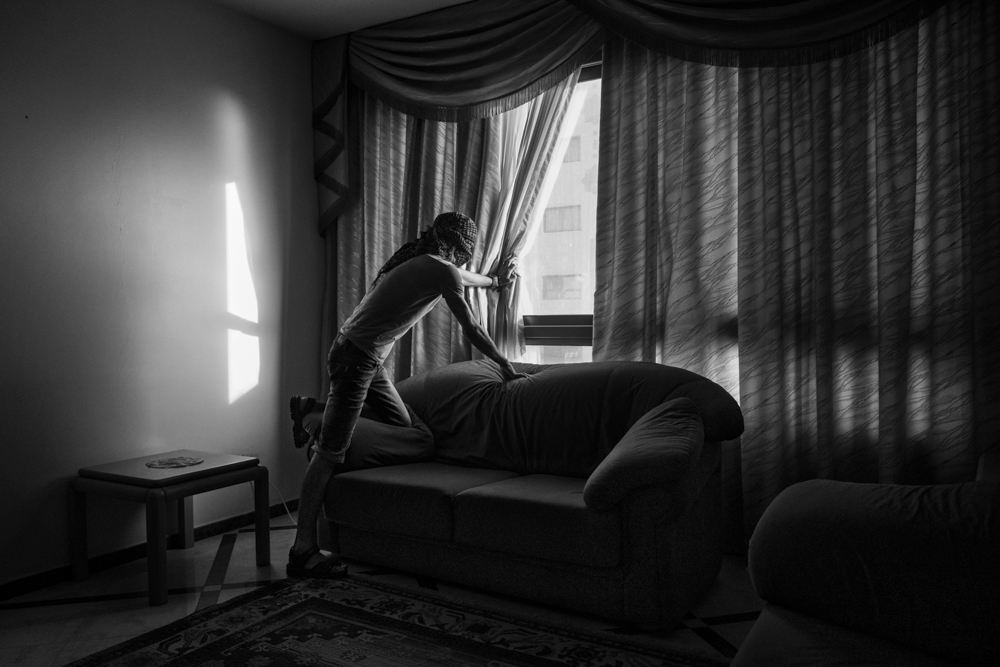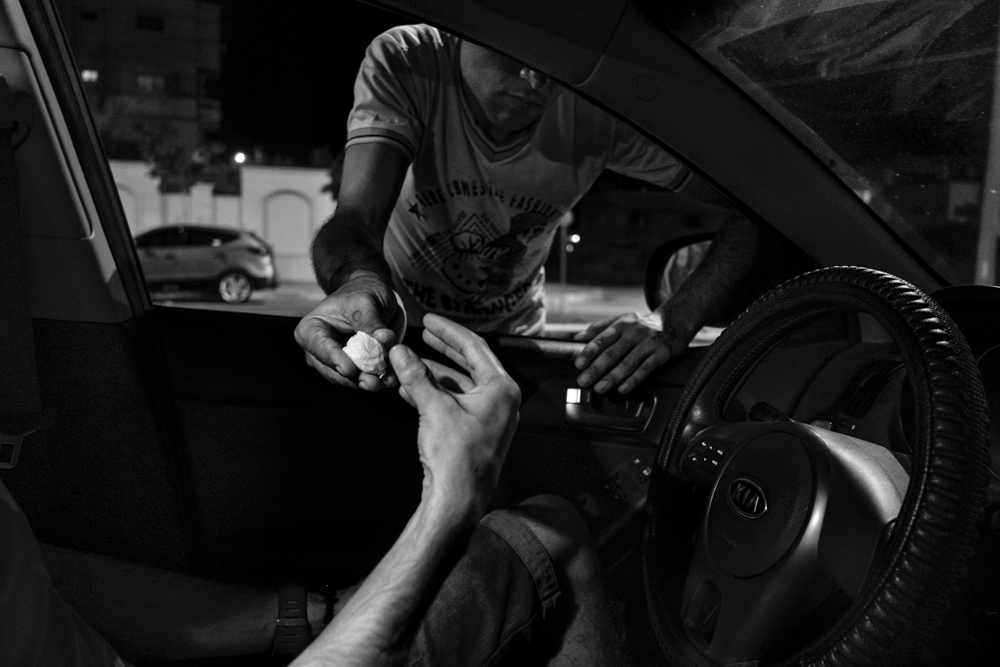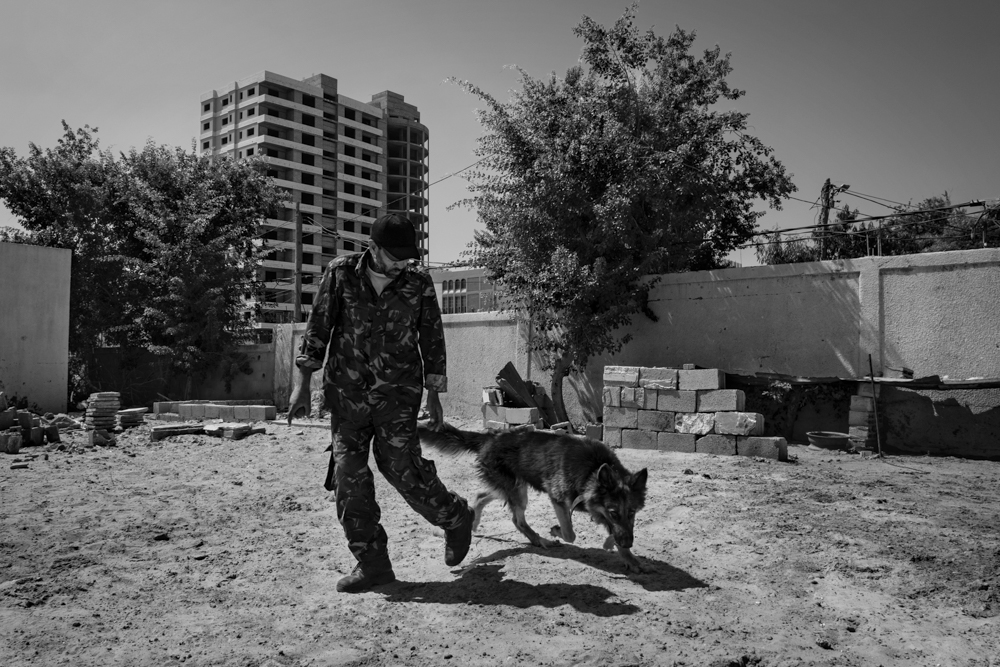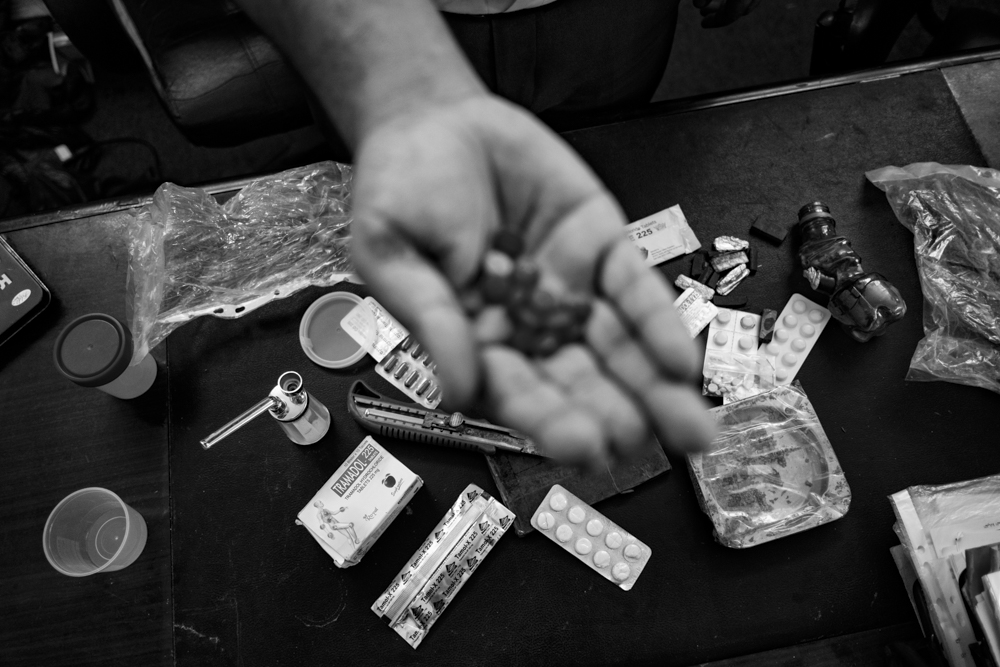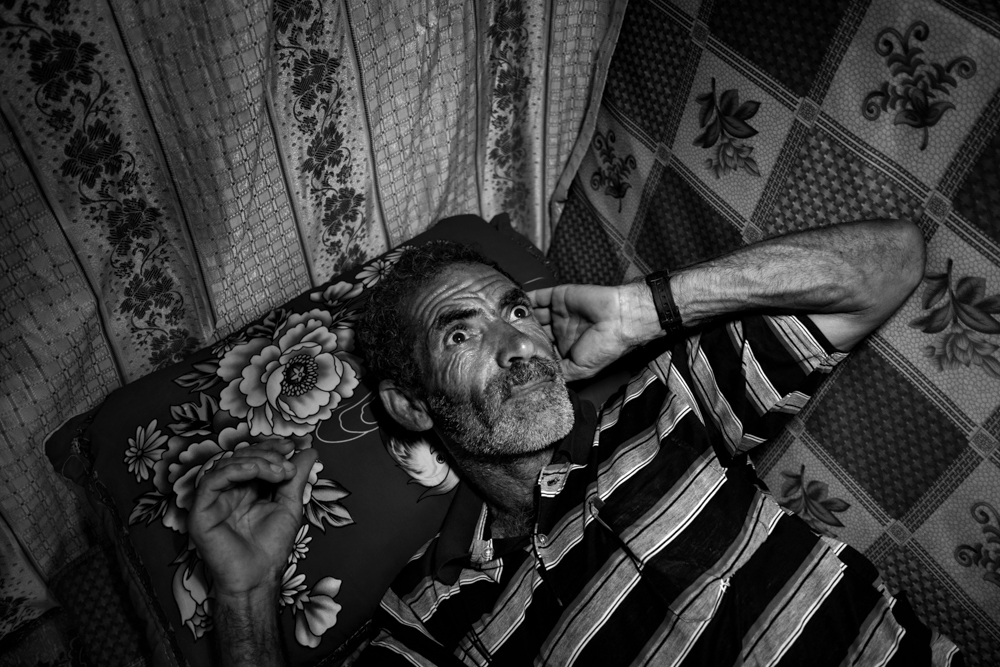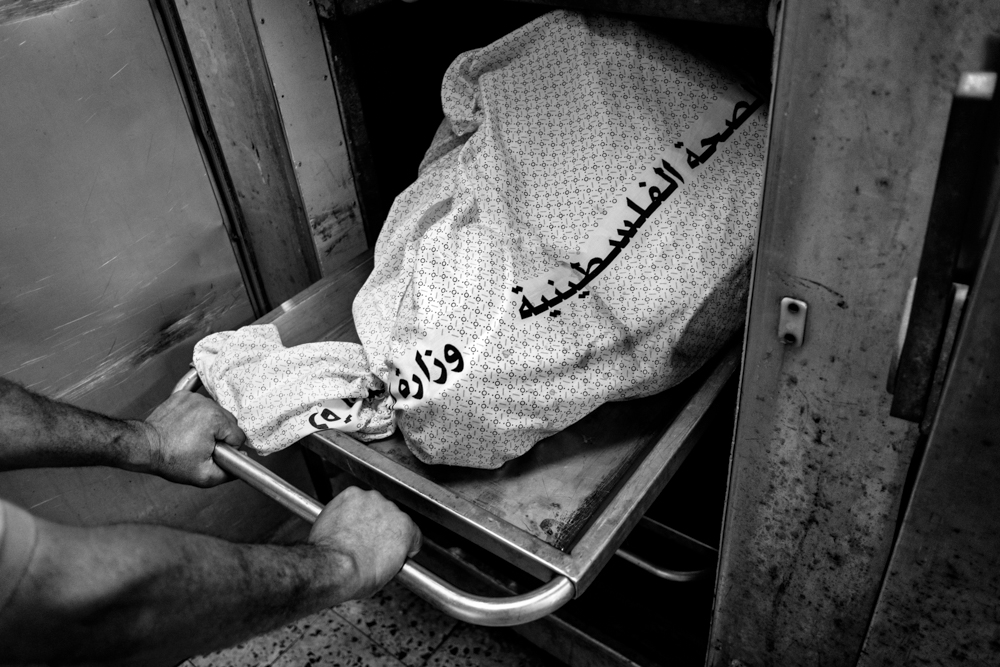Tramadol
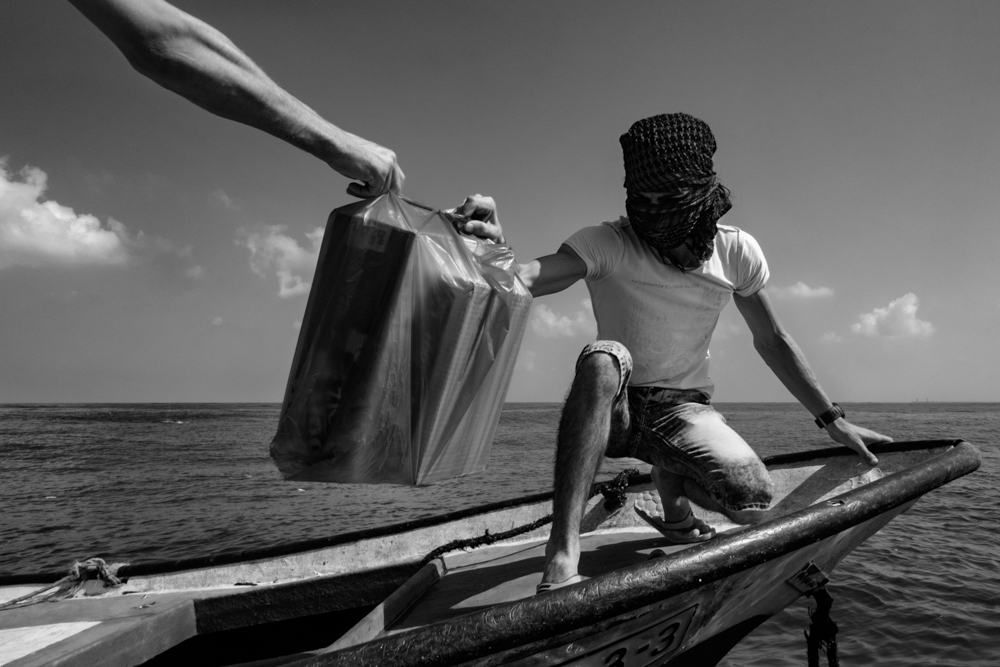
-
PhotographerAntonio Faccilongo
This reportage is focused on one of the consequences of living in a situation of extreme tension every day, as occurs in Gaza, and on the need to escape. Following the December 2008 Israeli offensive, “Operation Cast Leadâ€, a United Nations survey of Gaza residents found an increase in risk-taking behavior, including a significant rise in cases of drug addiction. One drug associated with this trend, and the most common at the moment, is Tramadol, an opioid painkiller medication which is used to treat moderate to severe pain and it arrived in Gaza during the war in 2008. Addicts take this drug to withstand the pressure of daily life and to feel more alive and happy, but long-term use can cause depression, anxiety and obsessive-compulsive disorder, and withdrawal symptoms can include insomnia, nervousness and significant weight loss. Users also face the risk of heart disease and kidney failure, and every day the number of deaths linked to tramadol abuse increases. 50% of the population between 18 and 60 years of age use this opiate, and the number of users rises to 80% in the areas most affected by the bombings, such as Beit Hanoun or Shejaiya. There is a large illegal market for Tramadol in Gaza, where the drug is brought in through the tunnels and by sea. In the last three years alone, in Rafah, at the border with Egypt, the Palestinian anti-drug unit seized more than 150kg of hashish and marijuana, half a kilo of cocaine, 20,000 ecstasy pills and 1,700,000 Tramadol pills, both original and counterfeit, for a total value of twelve million dollars. Outside the protection of the family unit, conflict generates widespread social malaise, the effects of which can include drug abuse. In Palestine, and in Gaza in particular, the hardship that the situation of isolation has created leads people to look for a way out, even through situations where the thin line between rebellion and self-harm causes further destruction or degradation. In all the work I have produced in Palestine, in order to tell the story of lives of waiting and of introspection, but also of escape and human weakness, my journalistic documentation has been supported by a socio-anthropological approach and a respect and ethical treatment of my subjects and their stories.
